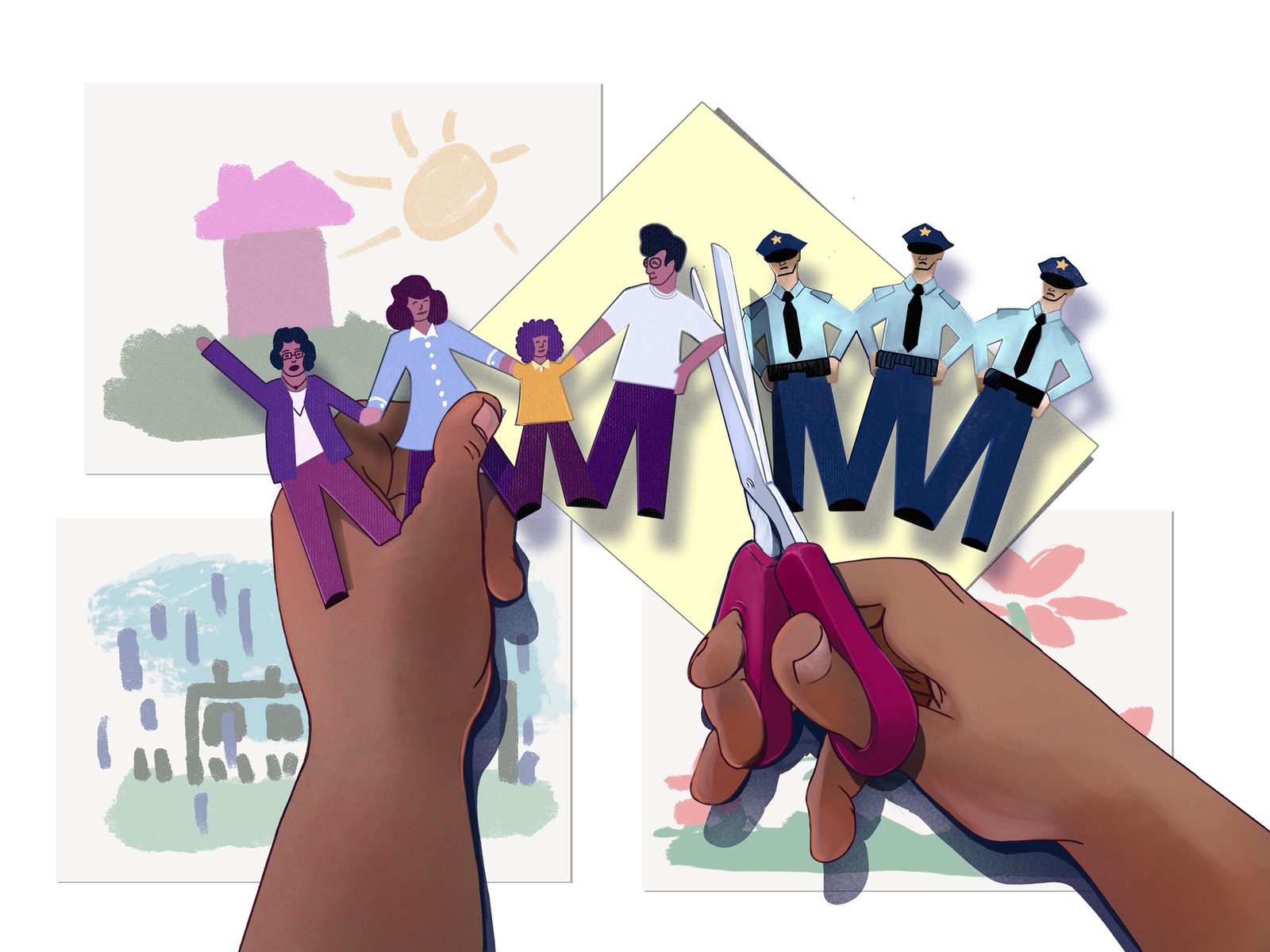The Case for Child Welfare Abolition
The Case for Child Welfare Abolition In These Times

Sustainable Development Goals (SDGs) and the Harms of the Child Welfare System
Introduction
Early last December, CBS Sunday Morning ran a 12-minute segment about the harms of the child welfare system. The report highlighted the story of Vanessa Peoples, a Colorado nursing student and mother of three who became the subject of an abuse investigation after her two-year-old briefly wandered away from a family picnic. This article explores the systemic problems in the child welfare system and the growing movement to address them through an abolitionist lens.
The Neglected Newsroom Beat
The child welfare system has long been a neglected topic in mainstream news coverage. Media attention has typically been reserved for blaming protective services agencies after the death of a child. However, recent years have seen a shift in public discourse, particularly in the wake of George Floyd’s murder and the subsequent protests against police brutality and systemic racism. The idea of police and prison abolition gained traction, leading to a broader examination of systemic issues in various institutions, including the child welfare system.
A Movement Gains Momentum
Within the field of social work, a heated debate emerged regarding the role of social workers in the child welfare system. Some activists called for transferring resources and authority from police departments to health and human services agencies that handle child protection. However, critics argued that these agencies also fail and repress marginalized communities. This debate culminated in the formation of the upEND Movement, an organization advocating for the complete abolition of the child welfare system.
The Flaws of the Child Welfare System
The child welfare system often fails to address the root causes of neglect, such as poverty and lack of stable housing. Critics argue that the system operates as a punitive bureaucracy, surveilling parents and disproportionately targeting Black and marginalized communities. Research has shown that children in foster care experience high rates of maltreatment, and those who enter the system fare worse on multiple measures compared to children left in their homes.
An Abolitionist Vision
Abolitionists propose a radically reimagined approach to caring for families. They advocate for dismantling the surveillance and punishment aspects of the child welfare system and replacing them with a robust support network that addresses the underlying causes of neglect. This includes community-based care teams, childcare collectives, and increased investment in social safety nets. Abolitionists also call for non-reformist reforms, such as repealing laws that lead to unnecessary child removals and rolling back mandatory reporting requirements.
Social Work’s Existential Crisis
The movement towards abolition has faced backlash within the social work profession. Some social workers and academics argue for increased collaboration with police departments, while others view this approach as complicit in perpetuating harm. The field of social work is grappling with its role in challenging systemic forces that oppress marginalized communities. The push for abolition has led to internal divisions and resistance from some funders and institutions.
The Path Forward
While the abolitionist movement within the child welfare system has gained significant traction, challenges remain. The movement faces opposition from those who believe in the necessity of the current system and fear the loss of individual family narratives. However, abolitionists argue that true transformation requires addressing larger structural problems, such as poverty and systemic racism. The movement calls for a shift towards community-based support and the recognition of social work as a socially just profession.
SDGs, Targets, and Indicators
1. No Poverty
- Target 1.2: By 2030, reduce at least by half the proportion of men, women, and children of all ages living in poverty in all its dimensions according to national definitions.
- Indicator 1.2.2: Proportion of men, women, and children of all ages living in poverty in all its dimensions according to national definitions.
5. Gender Equality
- Target 5.1: End all forms of discrimination against all women and girls everywhere.
- Indicator 5.1.1: Whether or not legal frameworks are in place to promote, enforce and monitor equality and non-discrimination on the basis of sex.
10. Reduced Inequalities
- Target 10.2: By 2030, empower and promote the social, economic and political inclusion of all, irrespective of age, sex, disability, race, ethnicity, origin, religion or economic or other status.
- Indicator 10.2.1: Proportion of people living below 50 percent of median income, by age, sex and persons with disabilities.
16. Peace, Justice and Strong Institutions
- Target 16.3: Promote the rule of law at the national and international levels and ensure equal access to justice for all.
- Indicator 16.3.1: Proportion of victims of violence in the previous 12 months who reported their victimization to competent authorities or other officially recognized mechanisms.
17. Partnerships for the Goals
- Target 17.17: Encourage and promote effective public, public-private and civil society partnerships, building on the experience and resourcing strategies of partnerships.
- Indicator 17.17.1: Amount of United States dollars committed to public-private partnerships.
Behold! This splendid article springs forth from the wellspring of knowledge, shaped by a wondrous proprietary AI technology that delved into a vast ocean of data, illuminating the path towards the Sustainable Development Goals. Remember that all rights are reserved by SDG Investors LLC, empowering us to champion progress together.
Source: inthesetimes.com

Join us, as fellow seekers of change, on a transformative journey at https://sdgtalks.ai/welcome, where you can become a member and actively contribute to shaping a brighter future.







